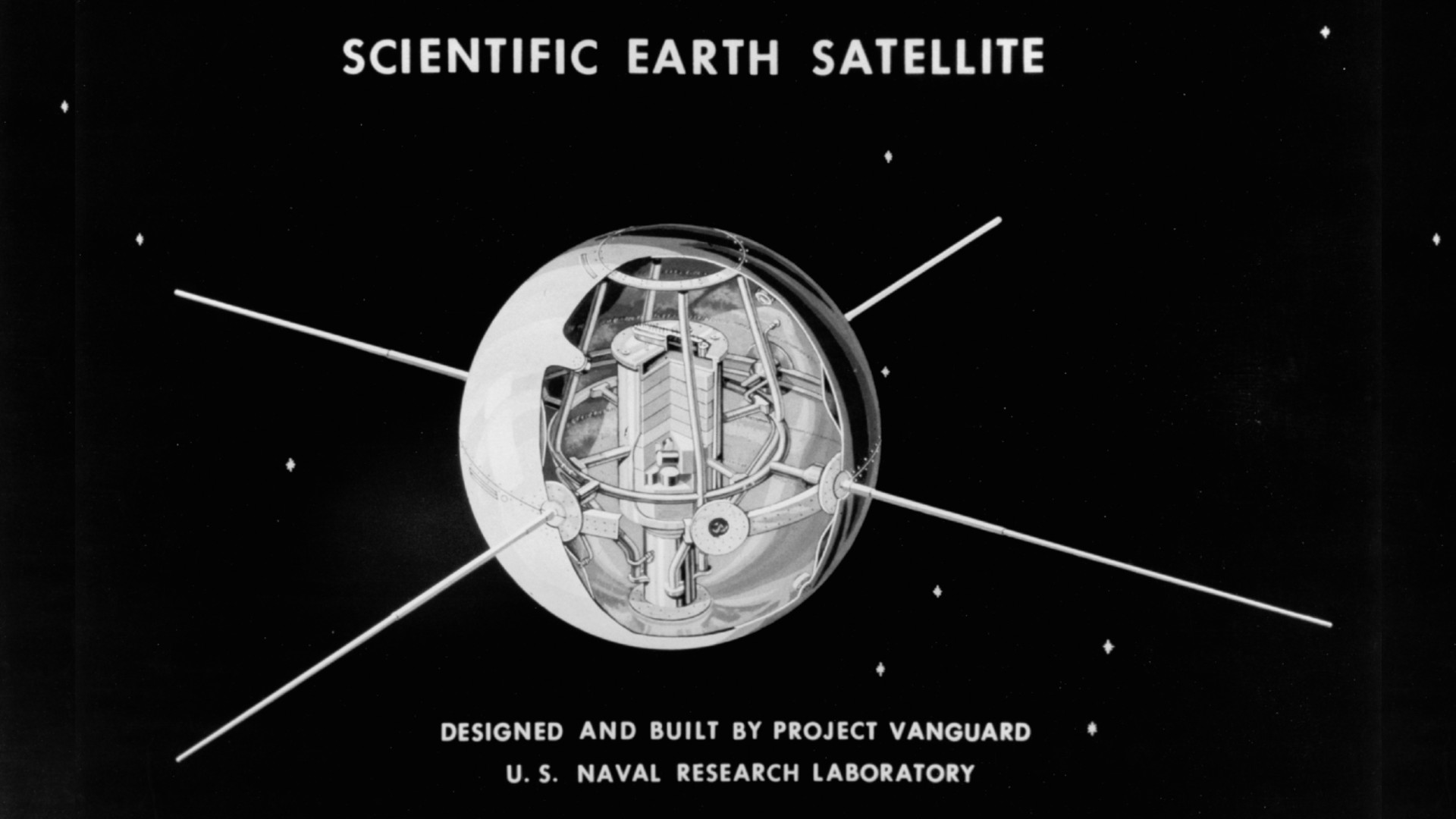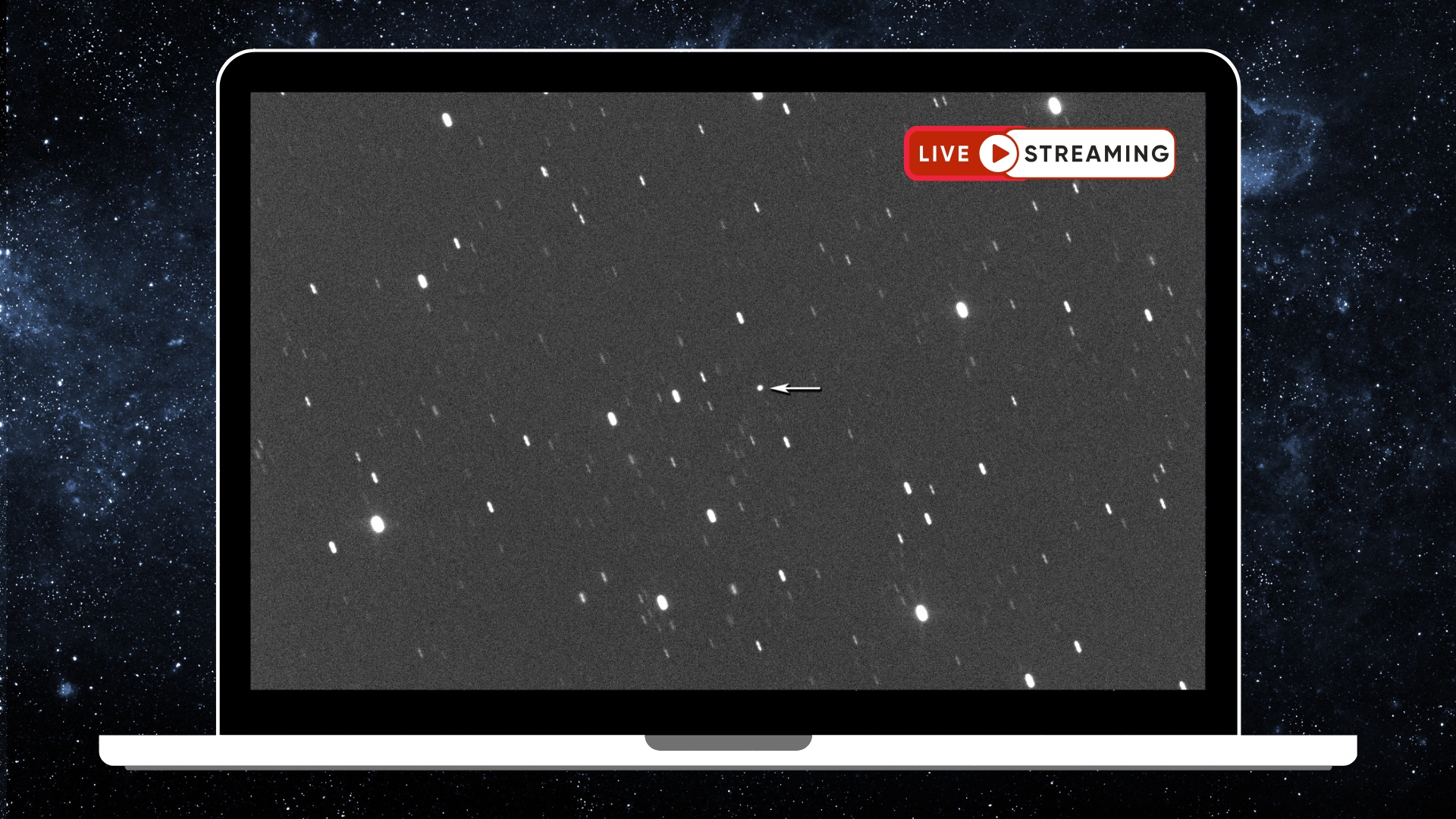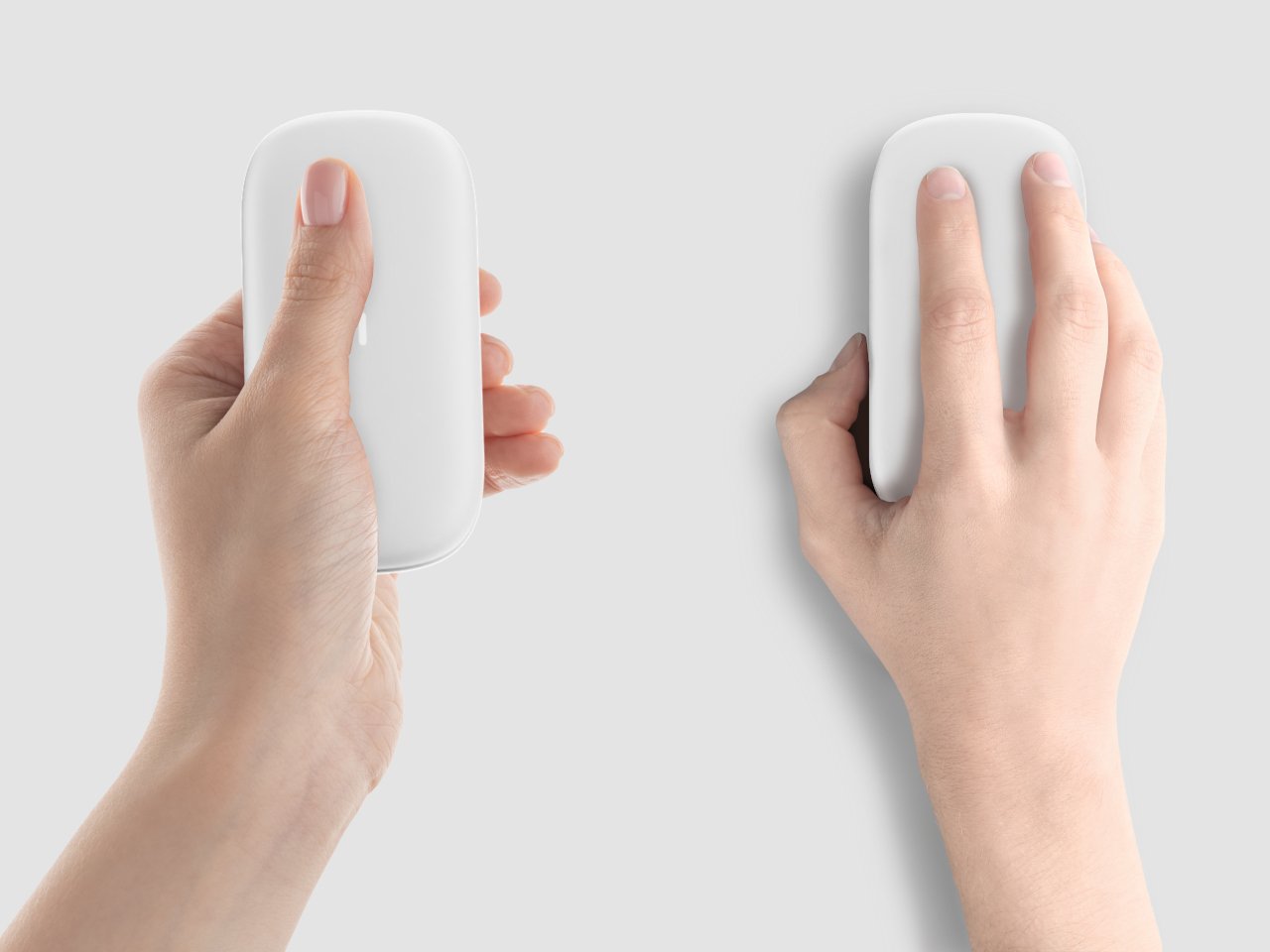Addressing Soil Settlement & Foundation Challenges in Singapore's Soft Clay Terrain
Singapore's rapid urbanization and ambitious infrastructure projects face an ongoing challenge—soft clay terrain. As a nation built on reclaimed land and naturally occurring marine clay, engineers must carefully manage soil settlement and foundation stability to ensure the longevity of structures. Civil and geotechnical specialists tackle these challenges using innovative engineering techniques, advanced soil stabilization methods, and meticulous planning. Soft clay is highly compressible, has low shear strength, and poses long-term settlement risks, making construction particularly complex. However, modern engineering advancements have allowed Singapore to overcome these obstacles, leading to the successful development of landmark projects like Marina Bay Sands, Jewel Changi Airport, and the Thomson-East Coast MRT Line. This article explores the key foundation challenges, the risks associated with soil settlement, and the cutting-edge solutions implemented to mitigate these issues. Understanding Singapore's Soft Clay Terrain Singapore's geology is primarily defined by three major soil formations: Old Alluvium – A dense mix of sand and gravel, offering strong load-bearing capacity. Jurong Formation – A stable sedimentary rock formation suitable for construction. Marine Clay & Reclaimed Land – Highly compressible, weak clay that poses significant settlement risks. Marine clay, commonly found in low-lying coastal areas and reclaimed land, has poor shear strength and high compressibility, making it unsuitable for supporting heavy structures without substantial ground improvements. Marine clay requires specialized foundation techniques to prevent excessive settlement and structural instability, unlike other soil types. Additionally, reclaimed land—constituting a major portion of Singapore's urban expansion—adds complexity due to its heterogeneous composition, often necessitating extensive soil testing and reinforcement before large-scale construction. Key Challenges of Soft Clay Terrain Excessive Soil Settlement Soft clay undergoes prolonged consolidation, leading to uneven foundation settling. This can result in: Structural instability and differential settlement cause cracks in buildings. Pavement and roadway deformations affecting transport infrastructure. Misalignment of underground utilities, disrupting essential services like water supply and drainage. Without intervention, settlement in soft clay can take decades to stabilize, requiring proactive engineering solutions to mitigate long-term impacts. Low Bearing Capacity Due to marine clay's weak structure, traditional shallow foundations may fail, leading to excessive structural movement. To counter this, deep foundation techniques—such as piles and ground improvement methods—are necessary to redistribute loads to stronger soil layers beneath. Lateral Ground Movement Large-scale construction or excavation can trigger lateral displacement, particularly when adjacent structures exert pressure on weak marine clay. This movement can lead to: Tilting or shifting of nearby buildings. Road subsidence and structural failure. Increased tunnelling risks, heightening the chance of collapses. Engineering Solutions for Soil Settlement Deep Foundation Systems To bypass weak marine clay layers and transfer structural loads to stable ground, engineers utilize the following: Piled Foundations – Bored, driven, and micro piles that reach stronger subsoil strata. Caissons & Raft Foundations – Large floating foundations that evenly distribute loads, reducing differential settlement. Piled foundations have particularly supported high-rise developments, such as Marina Bay Sands, where heavy loads require deep anchoring into stable soil layers. Soil Improvement & Stabilization Techniques Several ground modification techniques help enhance soil strength and minimize settlement risks, including: Preloading & Vertical Drains (PVDs) – Accelerating consolidation by applying pre-construction loads and expelling excess water from the clay. Cement & Lime Stabilization – Strengthening soil by mixing it with chemical binders. Jet Grouting – Injecting cementitious materials creates reinforced soil columns with higher load-bearing capacity. Deep Soil Mixing (DSM) – Mechanically blending cement and soil to form a more stable foundation layer. PVDs were extensively used in Changi Airport's expansion to enhance the stability of reclaimed land before major construction. Groundwater & Settlement Monitoring Continuous monitoring is crucial to detect early warning signs of excessive settlement. Engineers employ: Automated sensors for real-time settlement tracking. Groundwater control systems (e.g., well points) to prevent excessive subsidence. Geotechnical instrumentation, such as inclinometers and piezometers, to measure soil displacement and pore water pressure. Case Studies: Engineering Solutions in Mega Projects Changi Airport Expansion Singapore's aviation hub expansion
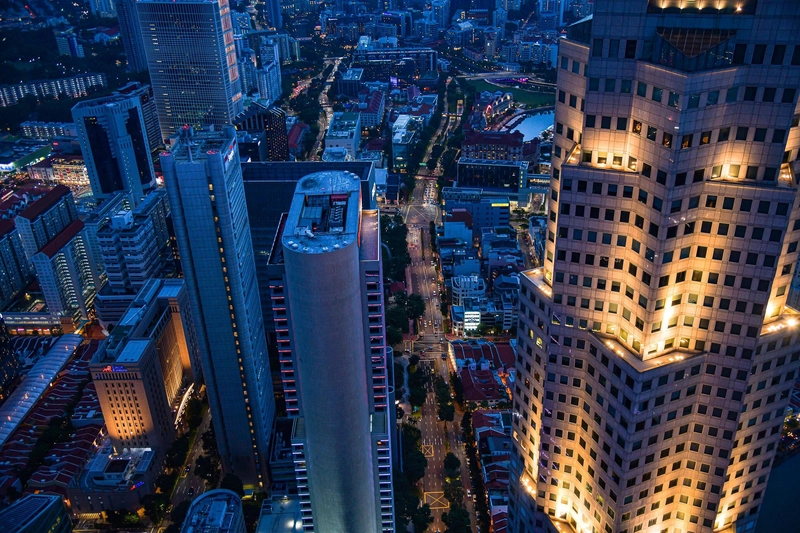
Singapore's rapid urbanization and ambitious infrastructure projects face an ongoing challenge—soft clay terrain. As a nation built on reclaimed land and naturally occurring marine clay, engineers must carefully manage soil settlement and foundation stability to ensure the longevity of structures. Civil and geotechnical specialists tackle these challenges using innovative engineering techniques, advanced soil stabilization methods, and meticulous planning.
Soft clay is highly compressible, has low shear strength, and poses long-term settlement risks, making construction particularly complex. However, modern engineering advancements have allowed Singapore to overcome these obstacles, leading to the successful development of landmark projects like Marina Bay Sands, Jewel Changi Airport, and the Thomson-East Coast MRT Line. This article explores the key foundation challenges, the risks associated with soil settlement, and the cutting-edge solutions implemented to mitigate these issues.
Understanding Singapore's Soft Clay Terrain
Singapore's geology is primarily defined by three major soil formations:
Old Alluvium – A dense mix of sand and gravel, offering strong load-bearing capacity.
Jurong Formation – A stable sedimentary rock formation suitable for construction.
Marine Clay & Reclaimed Land – Highly compressible, weak clay that poses significant settlement risks.
Marine clay, commonly found in low-lying coastal areas and reclaimed land, has poor shear strength and high compressibility, making it unsuitable for supporting heavy structures without substantial ground improvements. Marine clay requires specialized foundation techniques to prevent excessive settlement and structural instability, unlike other soil types.
Additionally, reclaimed land—constituting a major portion of Singapore's urban expansion—adds complexity due to its heterogeneous composition, often necessitating extensive soil testing and reinforcement before large-scale construction.
Key Challenges of Soft Clay Terrain
Excessive Soil Settlement
Soft clay undergoes prolonged consolidation, leading to uneven foundation settling. This can result in:
Structural instability and differential settlement cause cracks in buildings.
Pavement and roadway deformations affecting transport infrastructure.
Misalignment of underground utilities, disrupting essential services like water supply and drainage.
Without intervention, settlement in soft clay can take decades to stabilize, requiring proactive engineering solutions to mitigate long-term impacts.
Low Bearing Capacity
Due to marine clay's weak structure, traditional shallow foundations may fail, leading to excessive structural movement. To counter this, deep foundation techniques—such as piles and ground improvement methods—are necessary to redistribute loads to stronger soil layers beneath.
Lateral Ground Movement
Large-scale construction or excavation can trigger lateral displacement, particularly when adjacent structures exert pressure on weak marine clay. This movement can lead to:
Tilting or shifting of nearby buildings.
Road subsidence and structural failure.
Increased tunnelling risks, heightening the chance of collapses.
Engineering Solutions for Soil Settlement
Deep Foundation Systems
To bypass weak marine clay layers and transfer structural loads to stable ground, engineers utilize the following:
Piled Foundations – Bored, driven, and micro piles that reach stronger subsoil strata.
Caissons & Raft Foundations – Large floating foundations that evenly distribute loads, reducing differential settlement.
Piled foundations have particularly supported high-rise developments, such as Marina Bay Sands, where heavy loads require deep anchoring into stable soil layers.
Soil Improvement & Stabilization Techniques
Several ground modification techniques help enhance soil strength and minimize settlement risks, including:
Preloading & Vertical Drains (PVDs) – Accelerating consolidation by applying pre-construction loads and expelling excess water from the clay.
Cement & Lime Stabilization – Strengthening soil by mixing it with chemical binders.
Jet Grouting – Injecting cementitious materials creates reinforced soil columns with higher load-bearing capacity.
Deep Soil Mixing (DSM) – Mechanically blending cement and soil to form a more stable foundation layer.
PVDs were extensively used in Changi Airport's expansion to enhance the stability of reclaimed land before major construction.
Groundwater & Settlement Monitoring
Continuous monitoring is crucial to detect early warning signs of excessive settlement. Engineers employ:
Automated sensors for real-time settlement tracking.
Groundwater control systems (e.g., well points) to prevent excessive subsidence.
Geotechnical instrumentation, such as inclinometers and piezometers, to measure soil displacement and pore water pressure.
Case Studies: Engineering Solutions in Mega Projects
Changi Airport Expansion
Singapore's aviation hub expansion required extensive ground improvements to support new runways and terminals. Key engineering measures included:
Preloading and PVD systems to accelerate soil settlement.
Ground compaction techniques to strengthen foundation layers.
Advanced soil reinforcement strategies to ensure long-term stability.
Marina Bay Sands & Downtown Core Development
Constructed on reclaimed land with soft marine clay, Marina Bay Sands required advanced engineering solutions, including:
Deep piled foundation systems reaching stable soil strata.
Sophisticated soil monitoring techniques to control differential settlement.
Thomson-East Coast MRT Line (TEL)
Tunnelling through Singapore's marine clay posed risks of excessive ground movement. Engineers addressed these challenges by:
Deploying soil freezing and stabilization technologies in critical sections.
Conducting detailed settlement risk assessments to safeguard surrounding buildings.
The Future of Foundation Engineering in Singapore
As Singapore continues to expand despite limited land availability, future developments will incorporate advanced geotechnical solutions, such as:
AI-Driven Soil Analysis & Predictive Modeling
Utilizing artificial intelligence to analyze settlement risks.
Machine learning algorithms predicting soil behaviour over time.
Autonomous Ground Stabilization Technologies
Robotics-assisted foundation construction for precision reinforcement.
3D printing applications for soil enhancement.
Eco-Friendly Ground Stabilization
Biopolymer-based soil strengthening to reduce reliance on cement-based stabilization.
Nature-inspired foundation solutions promoting sustainability.
Future projects like the Greater Southern Waterfront will showcase advancements in smart construction technologies and eco-friendly ground stabilization.
Conclusion
Singapore's engineers continue to tackle the challenges posed by soft clay terrain using cutting-edge foundation engineering, soil stabilization, and geotechnical monitoring techniques. The nation has successfully built resilient infrastructure despite its complex geological constraints through deep foundation systems, advanced soil improvement strategies, and digital monitoring tools.
As urban expansion progresses, innovation in geotechnical engineering remains vital for ensuring the resilience, efficiency, and sustainability of Singapore's built environment. With future developments focusing on AI-driven solutions and sustainable foundation technologies, Singapore is well-positioned to lead the world in urban engineering excellence.
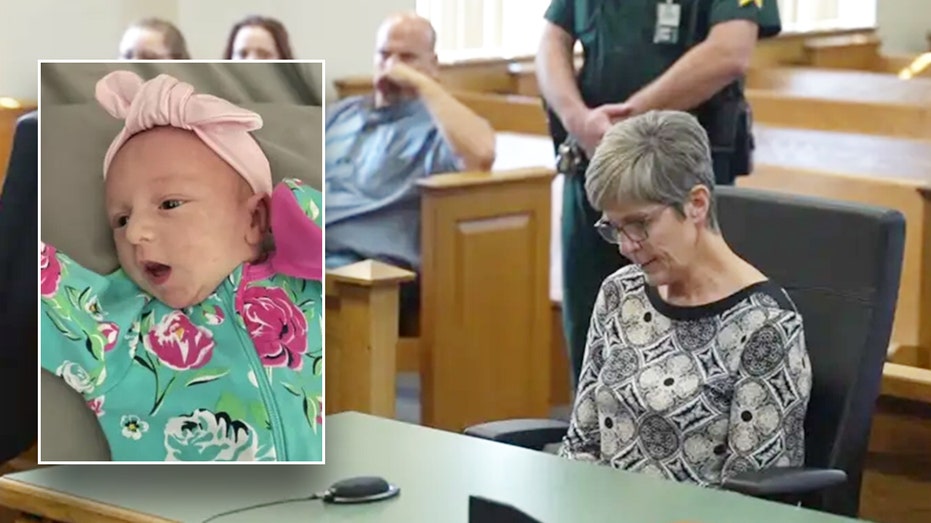
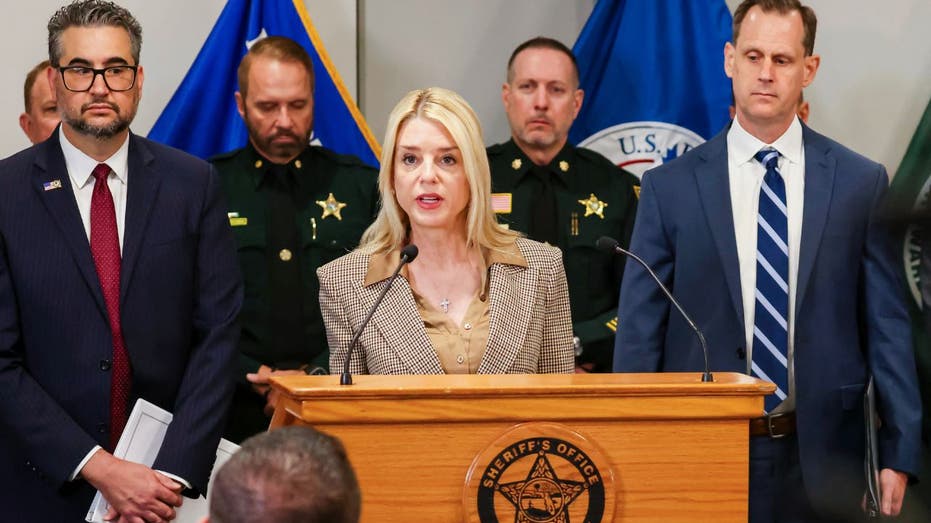
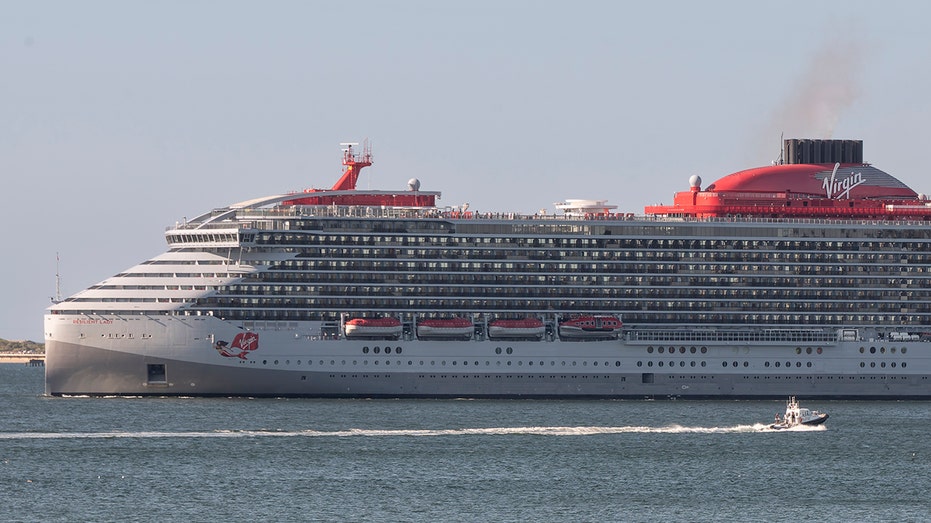



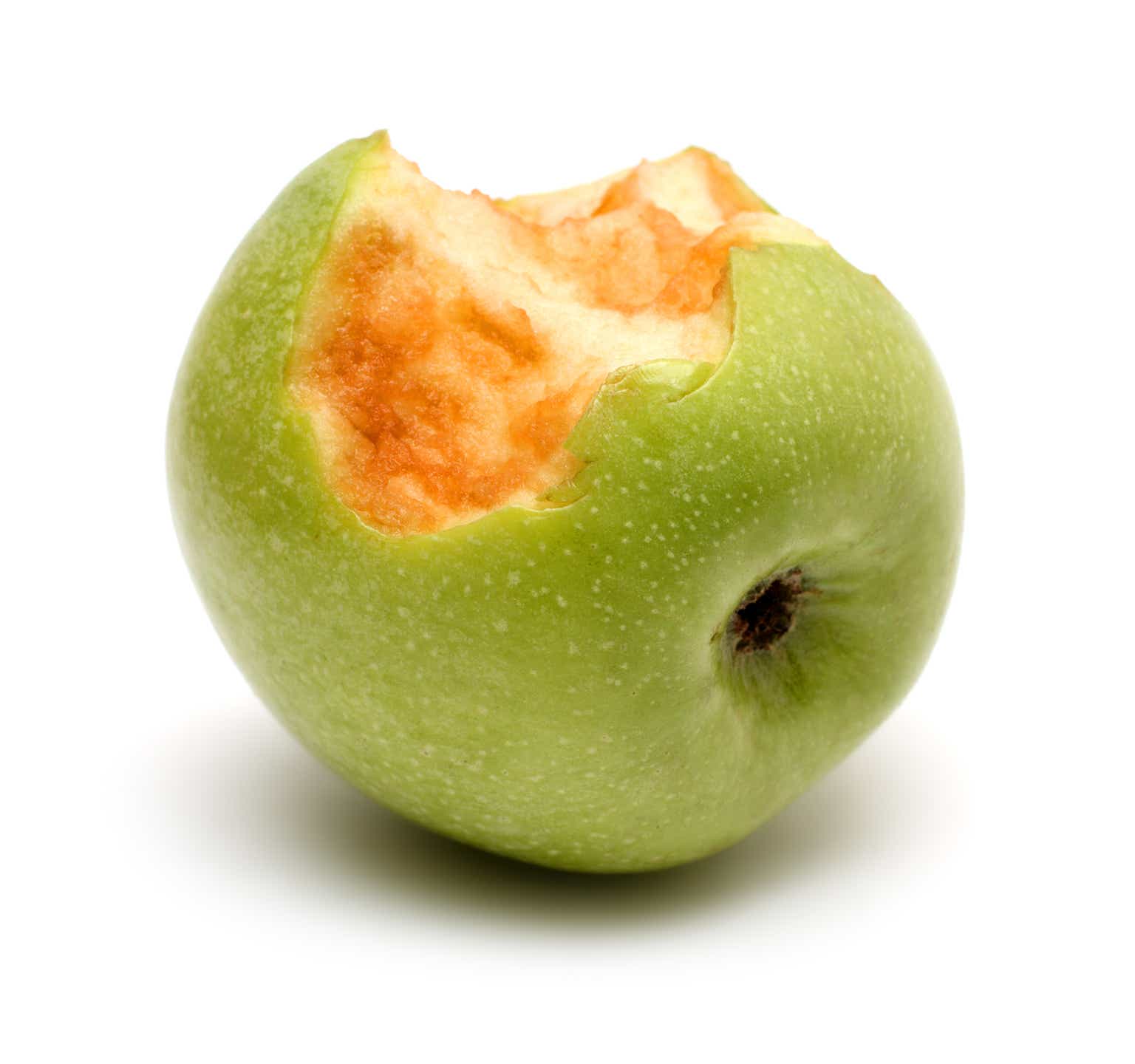













_Anna_Berkut_Alamy.jpg?#)







